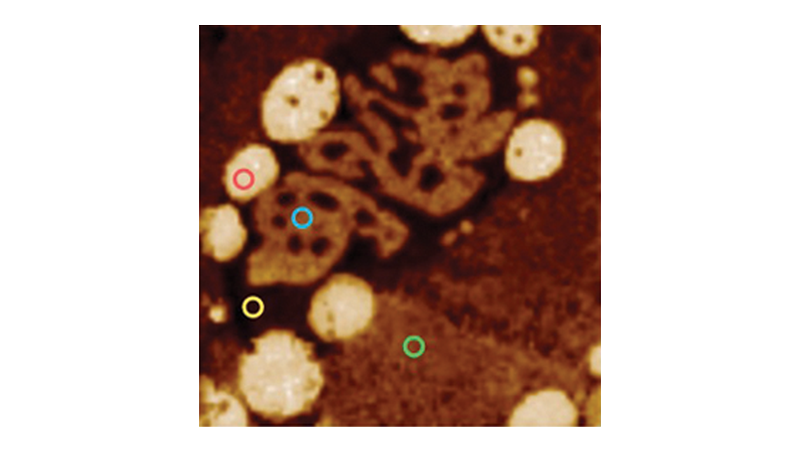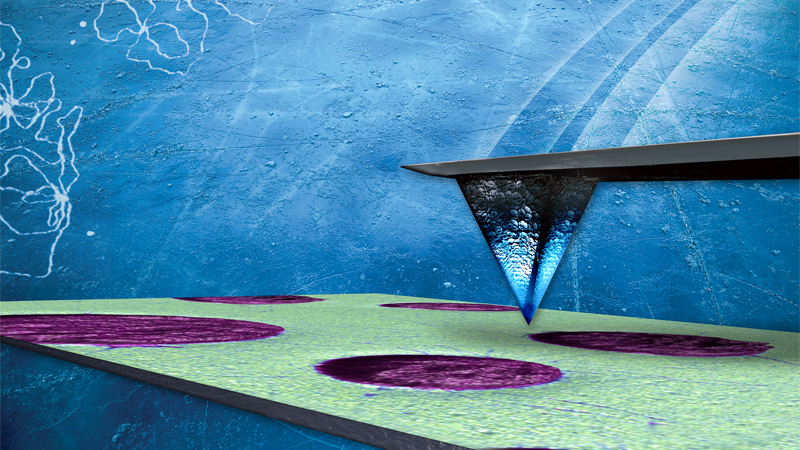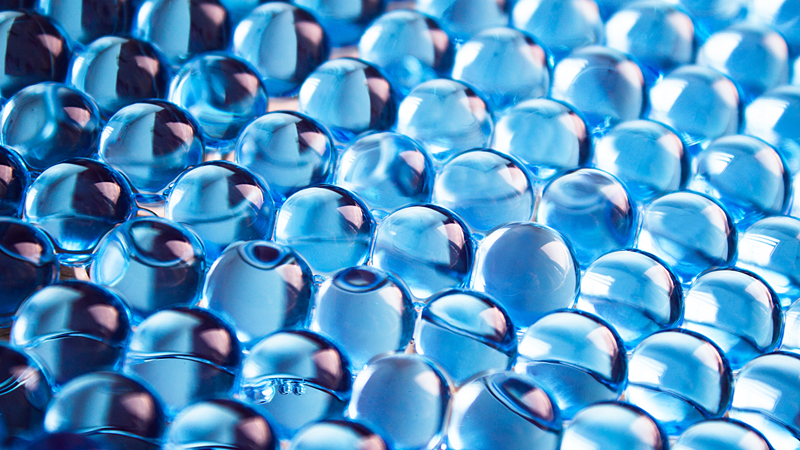

Exploring the Limits of Viscoelastic Phenomena with AFM-Based Nanomechanics
Watch On Demand
Learn New Ways of Measuring Viscoelasticity with Atomic Force Microscopy
In this on-demand webinar, Exploring the Limits of Viscoelastic Phenomena with AFM-Based Nanomechanics, our speakers discuss novel research applications of atomic force microscope-based dynamic mechanical analysis (AFM-nDMA).
Watch to learn about how AFM-nDMA makes it possible for researchers to perform dynamic modulus determination (storage modulus, loss modulus, and loss tangent) with a wide-frequency range that is directly comparable to bulk DMA, but with the nanometer level resolution of AFM.
This capability is discussed, at length, using both case study and example analytical explorations.
Key Topics
In this webinar, Prof. Nakajima shares the pioneering work that he and his team have done to investigate the viscoelastic properties of heterogeneous rubber materials. Due to its frequency and temperature control capabilities, they used AFM-nDMA to validate time-temperature superposition (TTS) principle within microstructured domains. A rubber vulcanizate and a filler-reinforced rubber were studied as model samples. An interesting nanoscale heterogeneity in the rubber matrix was observed, which may imply the breakdown of the time-temperature superposition principle due to the heterogeneous nature of the glass transition.
Additionally, Bede Pittenger, Ph.D., discusses the work done at Bruker to optimize and validate the AFM-nDMA method. The technique is covered in detail along with examples to show its capabilities in both mapping at a single frequency and collecting spectra at user-specified points that are co-located with other mechanical property maps.
If you have any questions about our products or services, please contact us. Follow @BrukerNano on Twitter for event, product, and webinar updates.
This webinar was presented on: October 29, 2019
Speakers
Bede Pittenger, Ph.D., Sr. Staff Development Scientist, AFM Applications, Bruker Nano Surfaces
Dr. Bede Pittenger is a Senior Staff Development Scientist in the AFM Unit of Bruker's Nano Surfaces Business. He received his PhD in Physics from the University of Washington (Seattle, WA) in 2000, but has worked with scanning probe microscopes for 25 years, building systems, developing techniques, and studying properties of materials at the nanoscale. His work includes more than thirty publications and three patents on various techniques and applications of scanning probe microscopy. Dr. Pittenger's interests span topics from interfacial melting of ice, to mechanobiology of cells and tissues, to the nanomechanics of polymers and composites.
Ken Nakajima, Ph.D.
Tokyo Institute of Technology


